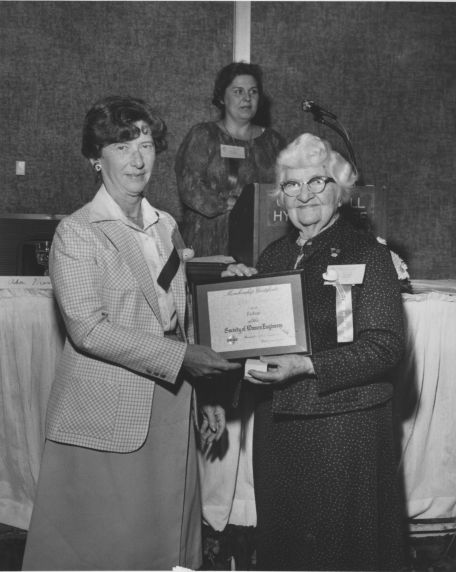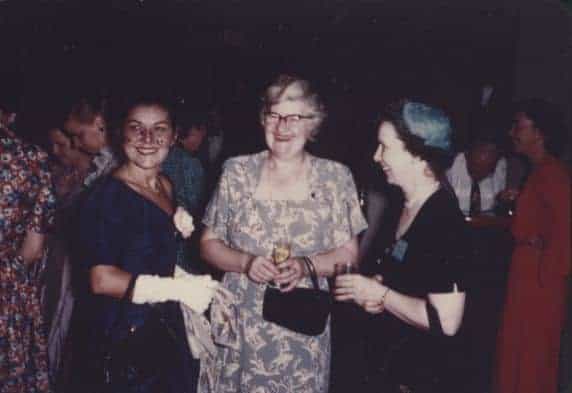
The Society of Women Engineers (SWE) is celebrating Women’s History Month with a look back at the life of Elsie Eaves. She was a founding member of SWE in 1950 and became a Fellow of the Society 30 years later, the first member to receive that honor.
Eaves was the first woman admitted to full membership in the American Society of Civil Engineers (ASCE) in 1927. For 37 years, she was on the editorial staff of the Engineering News-Record (ENR) and worked for McGraw-Hill in New York City. She was a registered Professional Engineer in New York.
Eaves was considered a role model for young women interested in engineering. She was often contacted by them, and by high school counselors and university professors, looking for advice and information on career opportunities for women in engineering.
Eaves was born in Idaho Springs, Colorado in 1898. She was the first woman to earn a degree in civil engineering from the University of Colorado in 1920 at the age of 22. After graduation, she worked for the U.S. Bureau of Public Roads, the Colorado State Highway Department, and the Denver and Rio Grande Railroad.

Eaves decided to make a career change and joined the ENR as an assistant manager for market surveys. She eventually became the manager of the Construction Economics department. She directed ENR’s tracking construction statistics and post-war planning in the construction industry. This information was used by ASCE and the Committee of Economic Development to begin projects when World War II ended.
In 1945, she became the manager of Business News and continued there until she retired in 1963. After retiring, she was and advisor to the National Commission on Urban Affairs on the subject of housing costs. She also advised the International Executive Service Corps about construction costs in Iran.
In 1957, she was the first woman to join the American Association of Cost Engineers, where she eventually became the first woman to be awarded and Honorary Life Membership. In 1979, ASCE awarded her and honorary membership in recognition of her achievements.

She wrote an article in the June issue of U.S. Woman Engineer in 1983 about the changes she had witnessed in her lifetime. Read Eaves’ article here.
Elsie Eaves died on March 27, 1983 in Roslyn, New York.
Her obituary in The New York Times read: “Elsie Eaves, one of the first women to become a civil engineer, died Sunday at St. Francis Hospital, Roslyn, L.I. She was 84 years old and lived in Port Washington, L.I. Miss Eaves graduated in 1920 from the University of Colorado, which, in 1974, awarded her the George Norlin Silver Medal, its highest alumni award.
For 37 years, she was associated with McGraw-Hill’s Engineering News-Record, a weekly trade publication. She retired in 1963, but continued as a consultant, serving as adviser on housing costs to the National Commission on Urban Affairs.”
Author
-

SWE Blog provides up-to-date information and news about the Society and how our members are making a difference every day. You’ll find stories about SWE members, engineering, technology, and other STEM-related topics.






